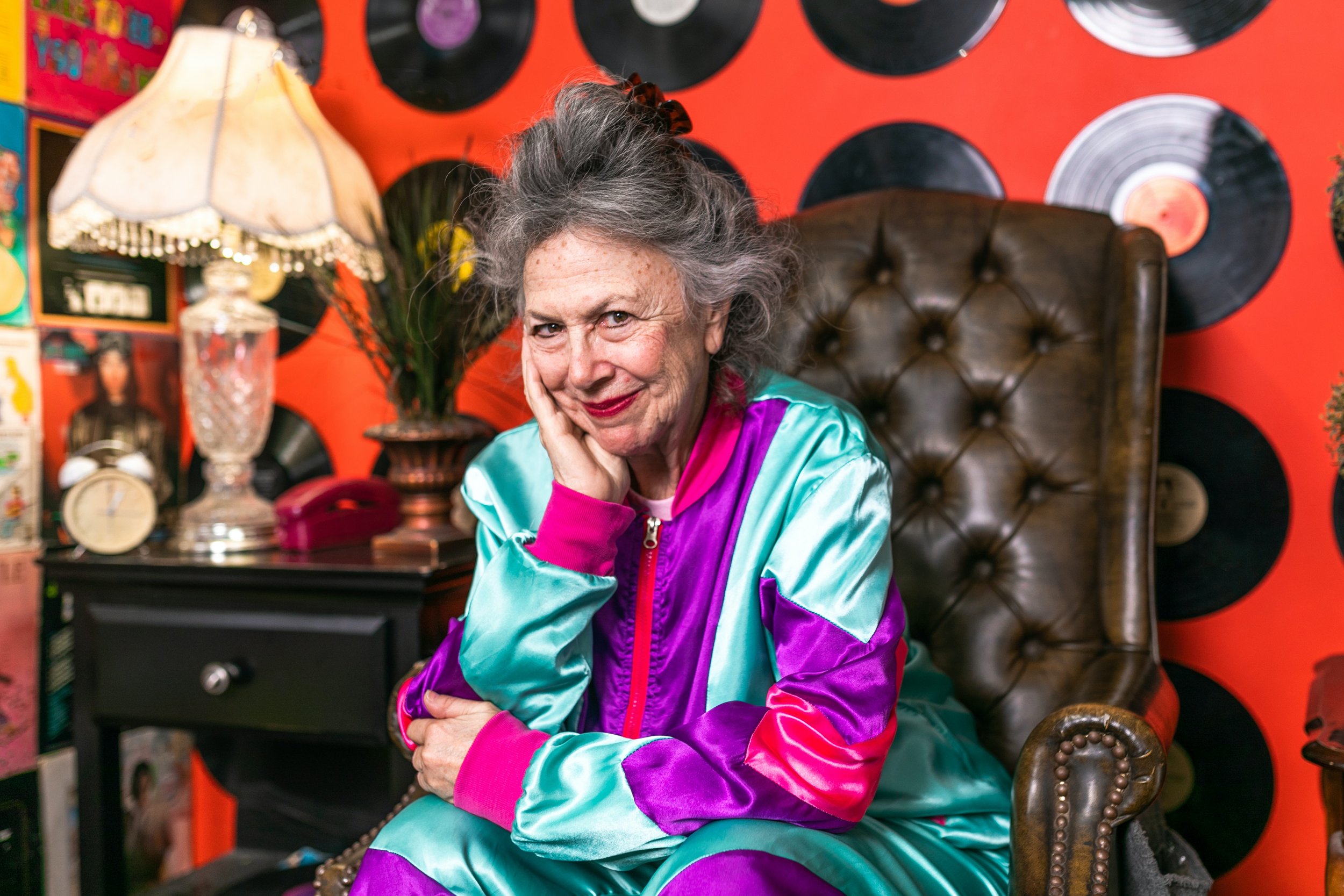The Truth About Blue Light and Your Skin
Every time I turn around there seems to be a new skincare trend - and while there is nothing wrong with that in itself, sometimes a lot of these “trends” gain traction because they tap into a bit of old-fashioned scare-mongering. One of the topics that has gained a lot of attention the past few years, particularly because of lock-down and our increased use of screen time, is of the dangers of blue light.
So how worried should you really be, and how vigilantly do you need to protect your skin?
What do we mean by “blue light?”
What exactly are we talking about when we say “blue light?” We are actually talking about high-energy visible light (HEV). HEV has a shorter wavelength of approximately 400-500 nanometers (nm). It first gained attention when it was suggested that exposure to HEV light may have negative effects on human health, including disrupting the body's natural sleep-wake cycle and potentially increasing the risk of certain eye conditions. We probably can all relate to the fact that increased screen time can be very disruptive to our sleep! HEV light can be blocked or filtered out using special glasses or screen filters. Some people may choose to use these to reduce their exposure to HEV light, particularly when using electronic devices for long periods of time or at night.
Now it is important to understand that the main source of HEV light is obviously from the sun, however there is blue light emitted from screens, LEDS, and fluorescent lights as well.
Should you be worried about blue light?
Now the reason why you will hear people caution against blue light exposure is because a lot of exposure to HEV light can lead to reactive oxygen species, which we know are inflammatory and can contribute to skin irritation, pigmentation, and ageing.
But here is where the nuance needs to come in. We know that some exposure to blue light is completely harmless. In fact, we do use it to treat certain skin conditions. So how much, then, is too much?
Where people will start quoting the dangers of blue light is in (correctly) saying that we are all getting a lot more screen-time than ever before - glued to our computer screens and to our phones.
But the important questions to ask is - does that necessarily translate into danger for our skin?
How meaningful is the blue light we receive from screens?
The most important thing to remember is that you get almost all of your HEV exposure from the sun. Even the most extreme estimate of screen time, which would involve sitting in front of a screen for 24 hours in its brightest setting, is barely a fraction of the HEV exposure we get after 15 minutes outside.
So yes, we are getting a little big of extra HEV from our devices and lights. But there is not currently any evidence that this is worth worrying about in the slightest. What I mean is that using screens doesn’t suddenly present a new and only recently identified danger to your skin.
What if I want to protect my skin from blue light?
There is never any harm in protection and prevention. To that end, it is important to understand that regular sunscreens don’t actually tend to do much to protect against HEV - their main job is to protect you from UV radiation (and it’s an important job).
Sunscreens that contain iron oxides, which includes many physical sunscreens, are able to absorb blue light. Most concealers and foundation will contain iron oxides as well, and will probably protect you even better against HEV (although not against UV radiation which is much more important, so don’t skip your SPF!)
The bottom line
There is nothing wrong with having a protective product that will block out high-energy light. Just do not allow yourself to be up-sold an expensive product with the faulty rhetoric that blue light is a new and dangerous issue that has suddenly appeared.







You might have heard buzz around the new vehicle taking the aesthetics and regenerative medicine world by storm. Exosomes are being touted as the “next big thing.” But what exactly are they, and what do we know about how they work?